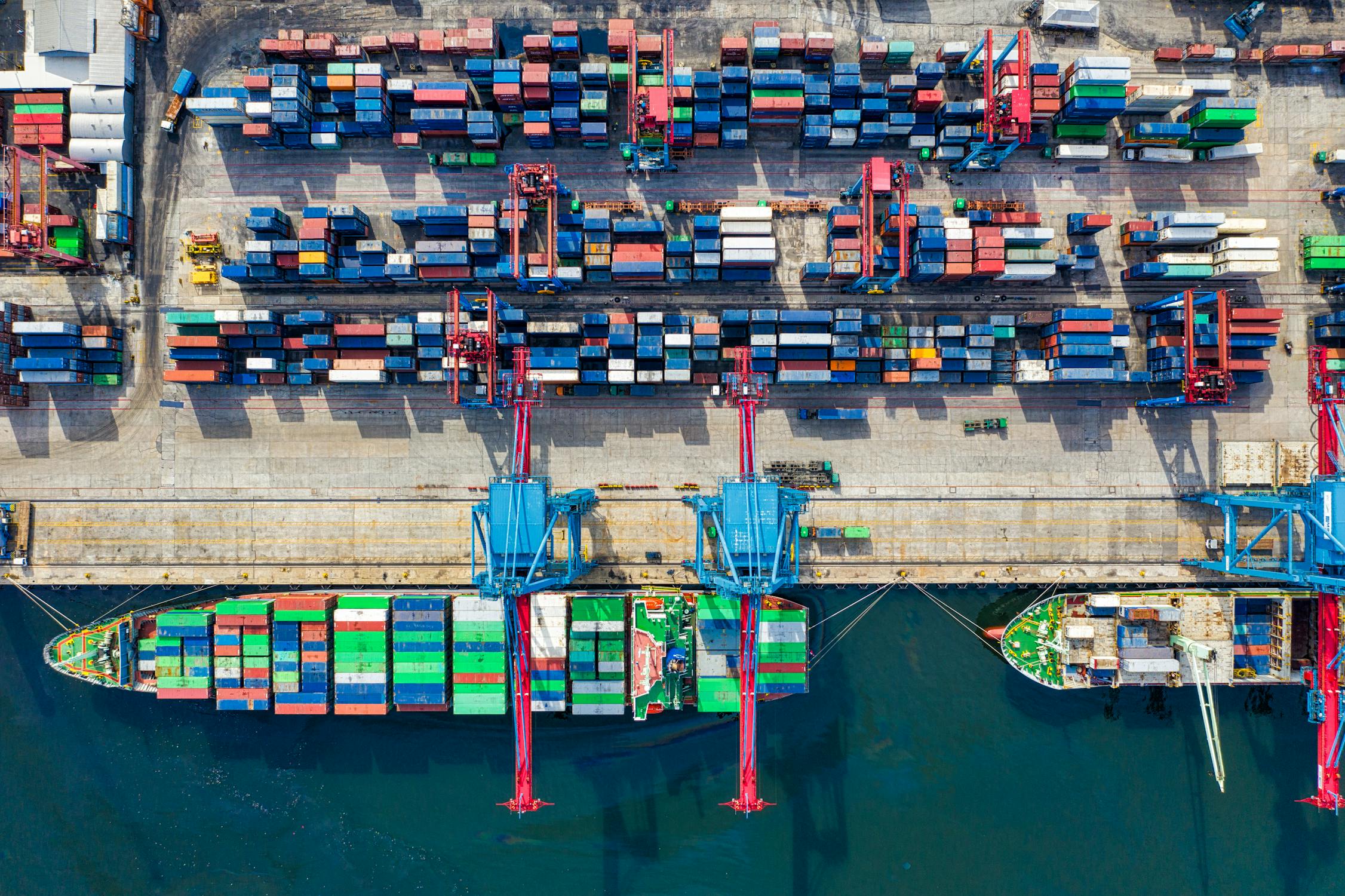Carbon reporting has shifted from marketing to mandate. Shippers now request shipment-level emissions data they can audit. Forwarders must provide credible calculations based on mode, distance, and load factor. The days of broad averages are fading fast. Start with a defensible methodology and stick to it. Document assumptions for road, air, and ocean legs. Capture actual weights and volumes to improve accuracy over time. Consistency beats perfection when buyers compare suppliers. Operational improvements make the numbers move. Better cube utilization lowers per-parcel emissions immediately. Mode shifts from air to road or sea on non-urgent lanes have outsized impact. Right-time delivery windows let you consolidate without hurting the promise.
Give customers choices at checkout. Display a lower-carbon slot alongside the fastest one. Many will opt in when the difference is clear and the price gap is small. Behavioral nudges amplify the operational work you have already done. Close the loop with reporting that drives action. Share lane-level dashboards and quarterly improvement plans. Highlight wins like fuller trailers or fewer failed delivery attempts. Carbon accountability becomes a shared project, not a compliance burden.
Carbon Accounting for Logistics That Actually Works


































